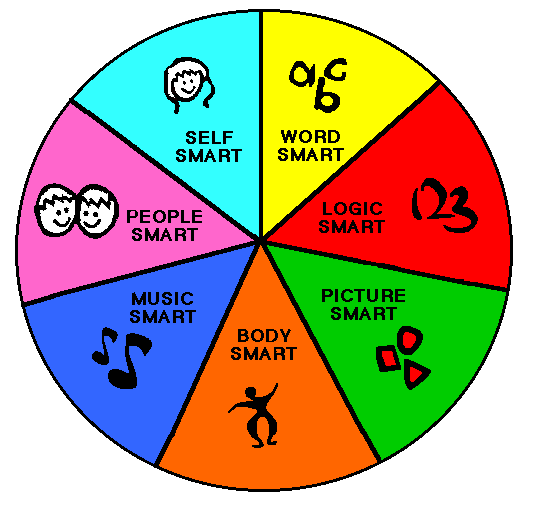
The Montessori approach to education was developed by an Italian educator and physician named Maria Montessori and it is characterized by its emphasis on freedom within limits, respect for a child’s social, psychological and physical development. Though many practices under the name “Montessori”, such as the Association Montessori Internationale (AMI) and the American Montessori Society (AMS) have considered these as necessary components:
- Mixed age classrooms for children that are between 3 to 6 years old is the most common pupil choice of exercise from within a recommended range of options.
- Blocks for work time are usually three hours.
- A discovery model or a naturalist, where students can learn from working with many materials, rather than by direct teaching.
- Specific educational tools created by Montessori and her coworkers.
- A well trained Montessori teacher
- Moving freely around the classroom
- Adding to that, a lot of Montessori schools develop their programs with indications to Montessori’s model of human development from her distributed works. Moreover, make use of materials, pedagogy, and lesson introduced in training for teachers which is gotten from courses presented by Montessori during her time on earth.
Talent Montessori offers:
True Montessori Education
- Real Montessori Education
- Highly experienced teachers
- Exceptional clean learning environment
- Nutritious and healthy meals
- Extra-curricular activities like singing, dancing, drama, yoga, so on.
- Music and Art classes
- French class for one hour each day
- Extend learning time (from 7 AM to 6 PM)
- Availability of Winter and March
- Availability of Summer Camp
- Reduced student and teacher ratios
- Before school and after school program
- Ex-students Association
Montessori education theory

The Montessori Method of education is a means of human development, and an educational approach based on that model. The model has two fundamental doctrines. Firstly, growing adults and children engaged in the mental self-development by the means of relating to their environment. Secondly, most children, especially those under the age of 6, have a natural path of psychological development. Based on their findings, she believed that children who act based on free-will within an environment prepared according to her model will eventually act impulsively for optimal progress.
Maria saw a universal, natural feature in human psychology which her son and co-worker named Mario Montessori identified as “human tendencies” in 1957. There is some dispute concerning the precise list, but the following are defined clearly.
- Activity
- Abstraction
- Communication
- Manipulation (of the environment)
- Order
- Exploration
- Exactness
- Orientation
- Self-Perfection
- Repetition
- Work (also identified as “purposeful activity”)
